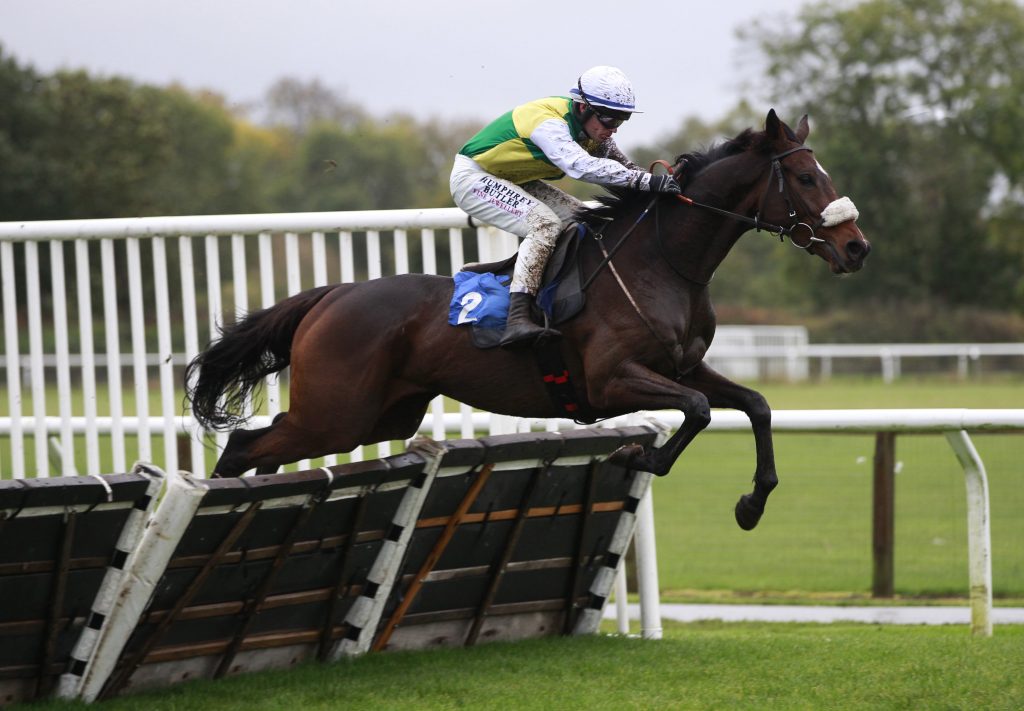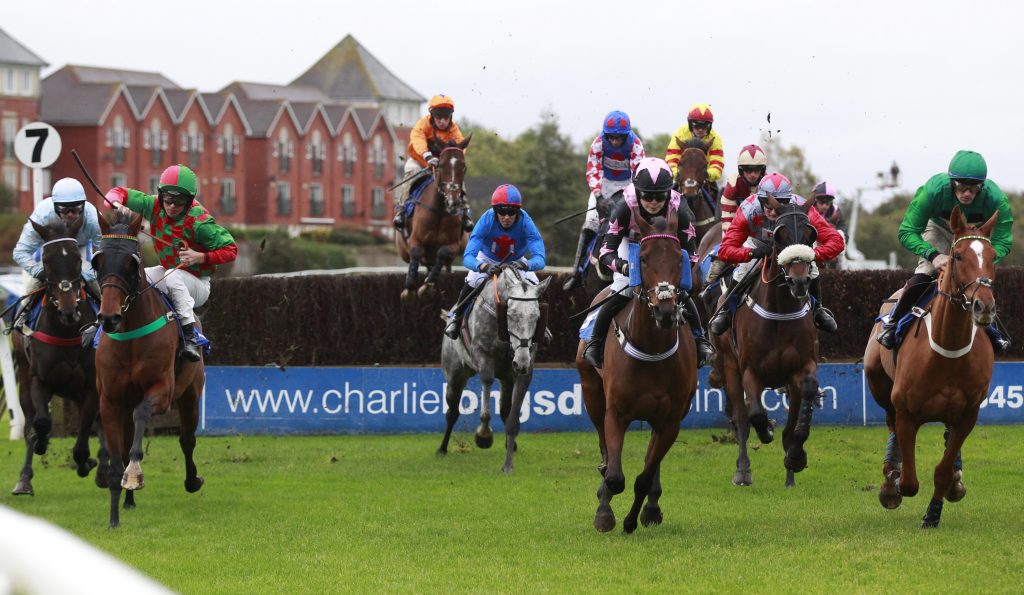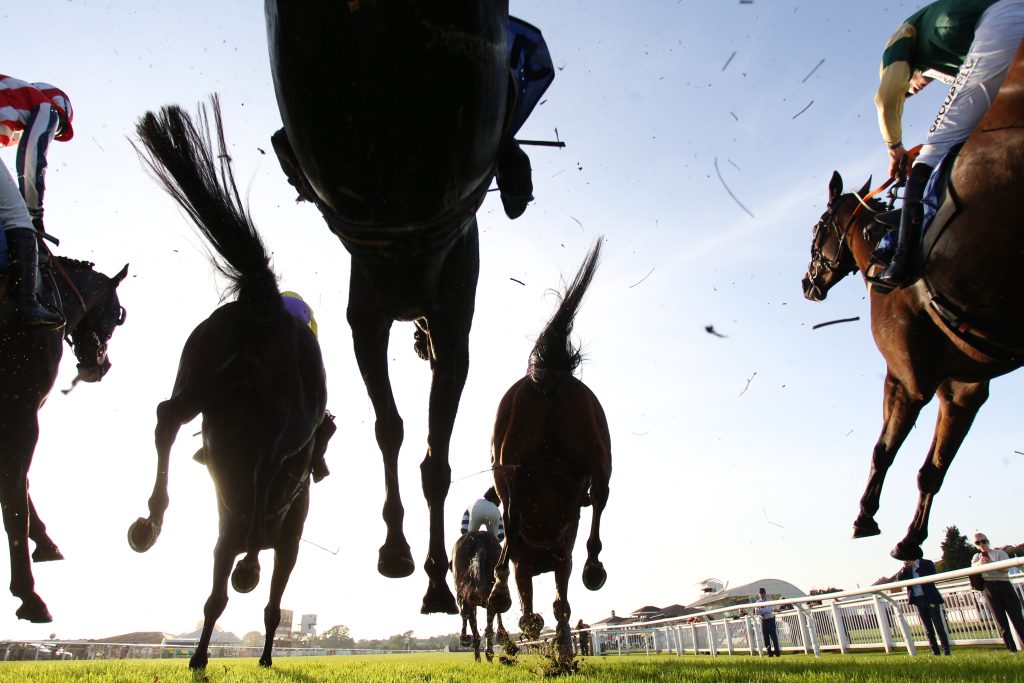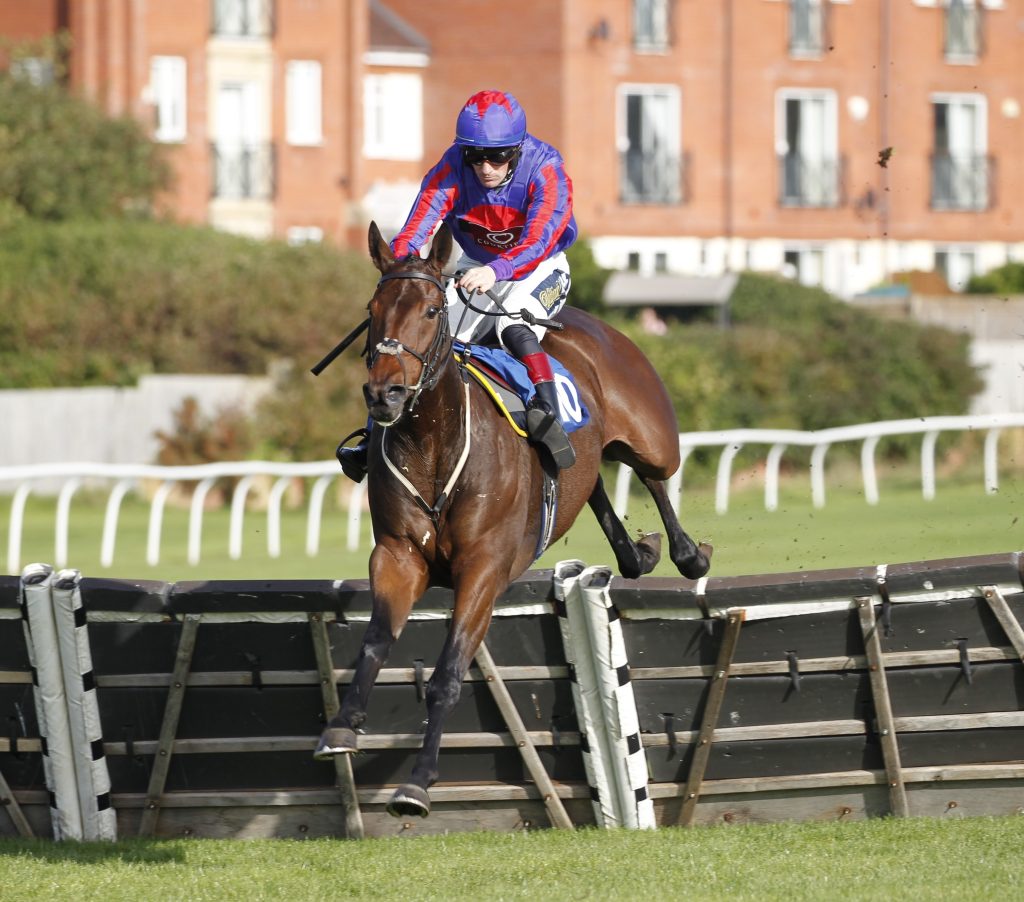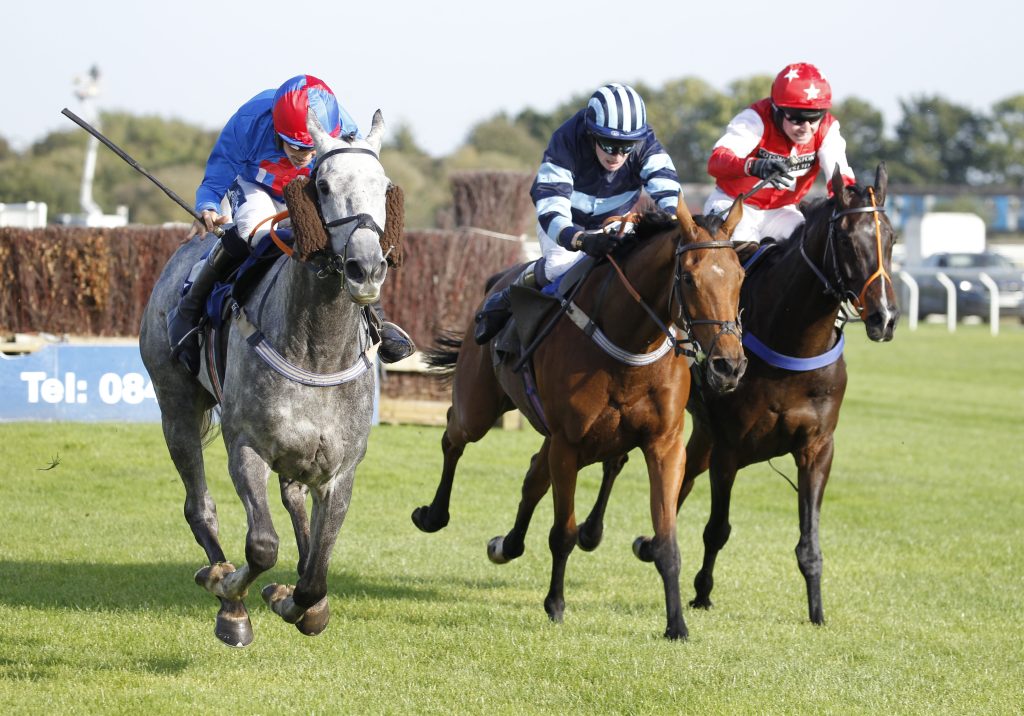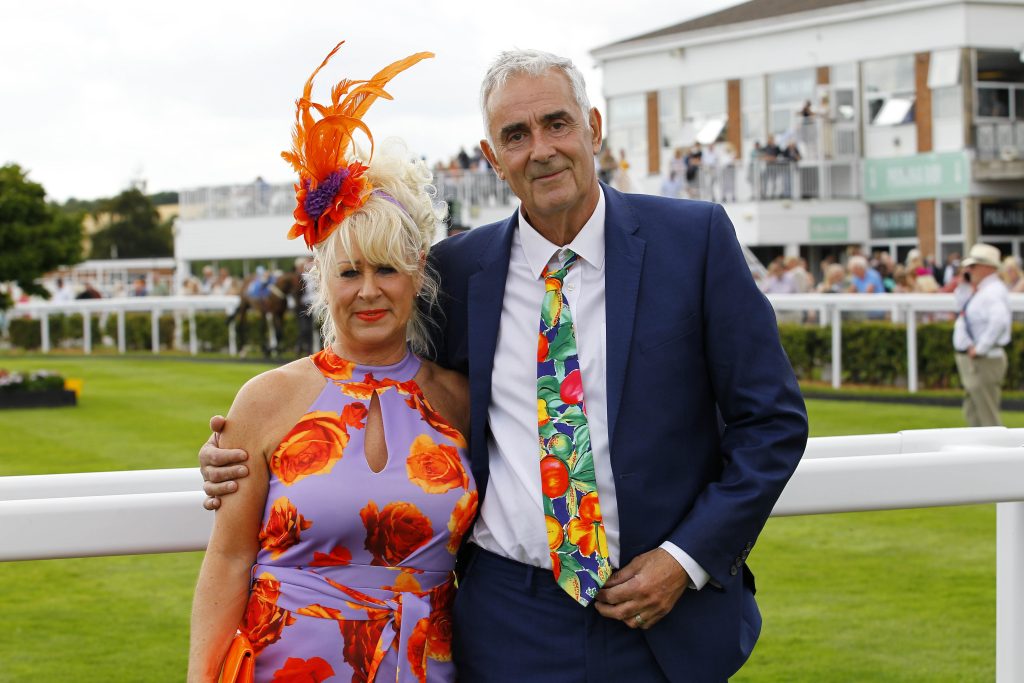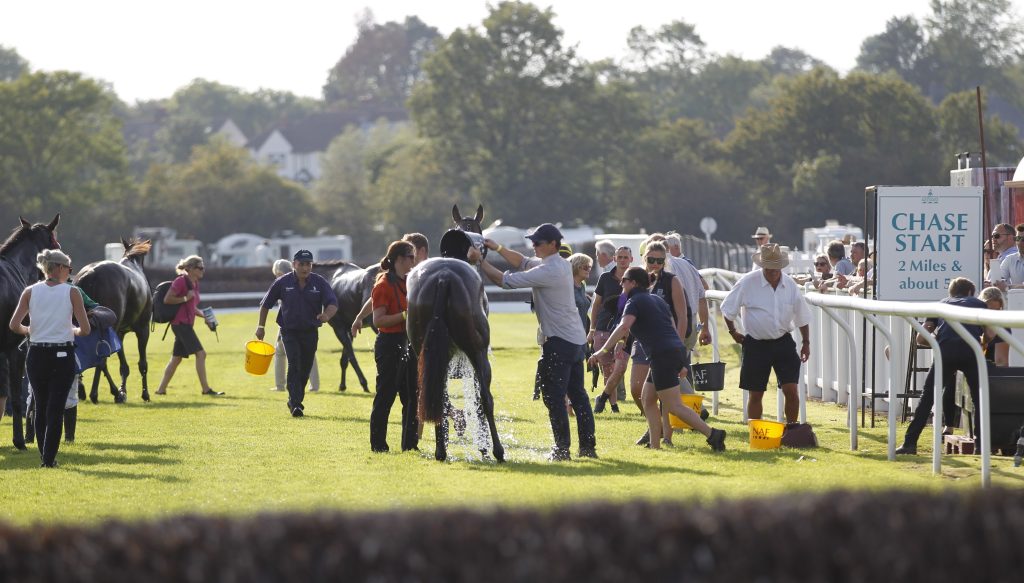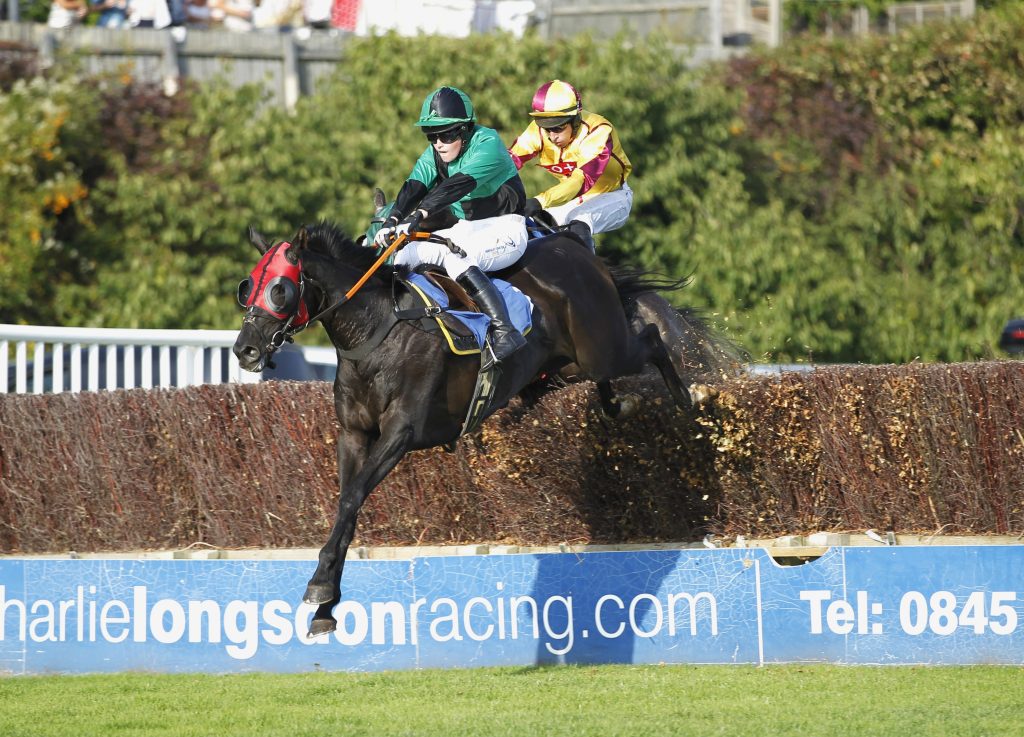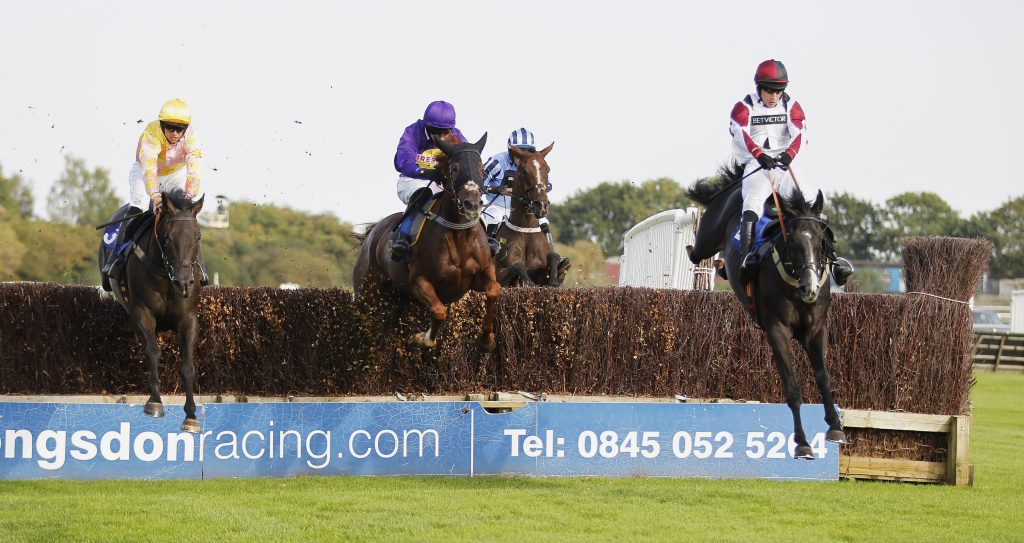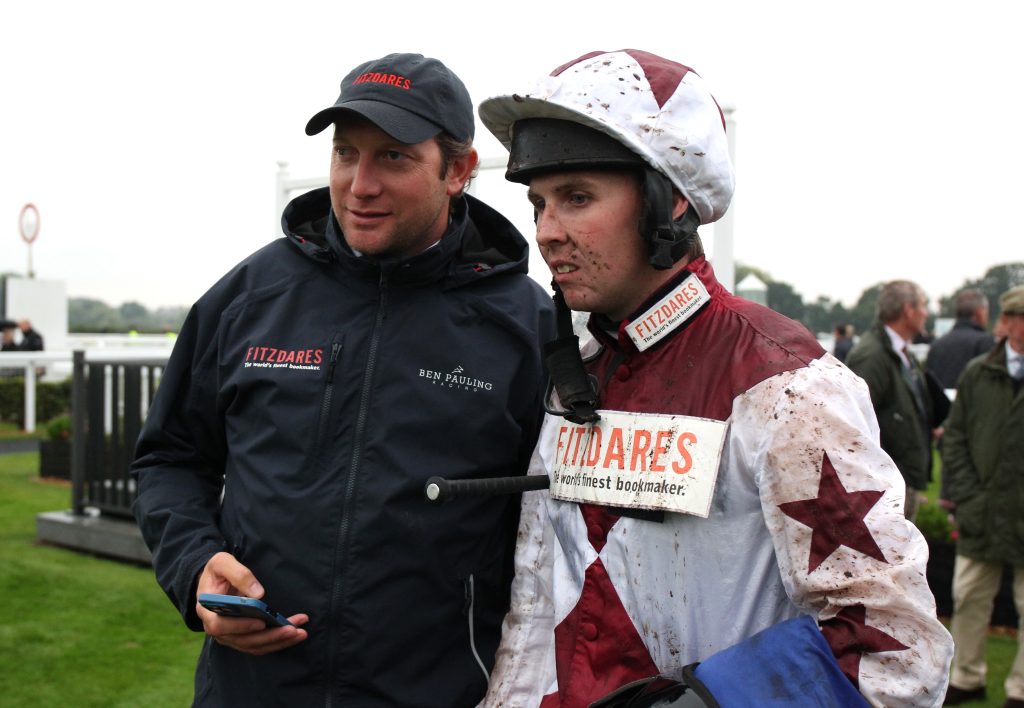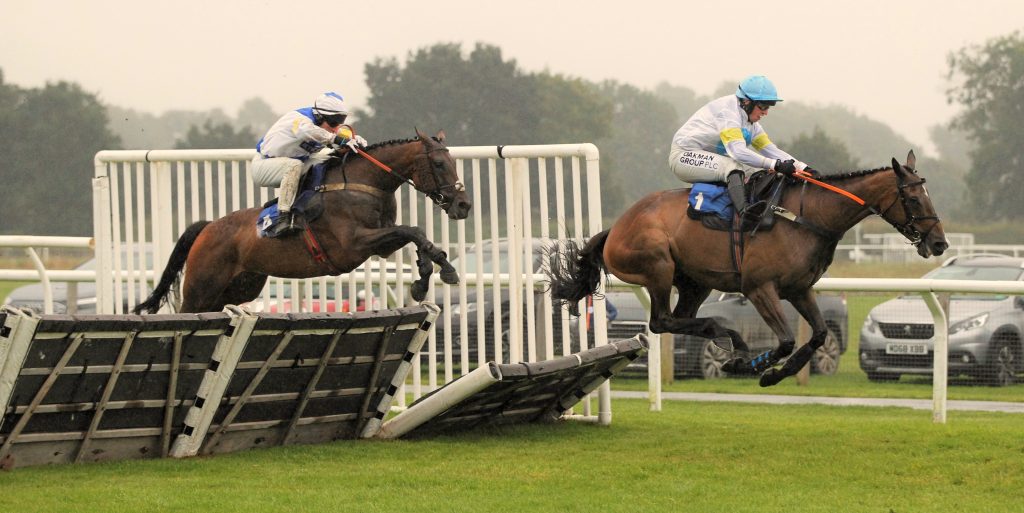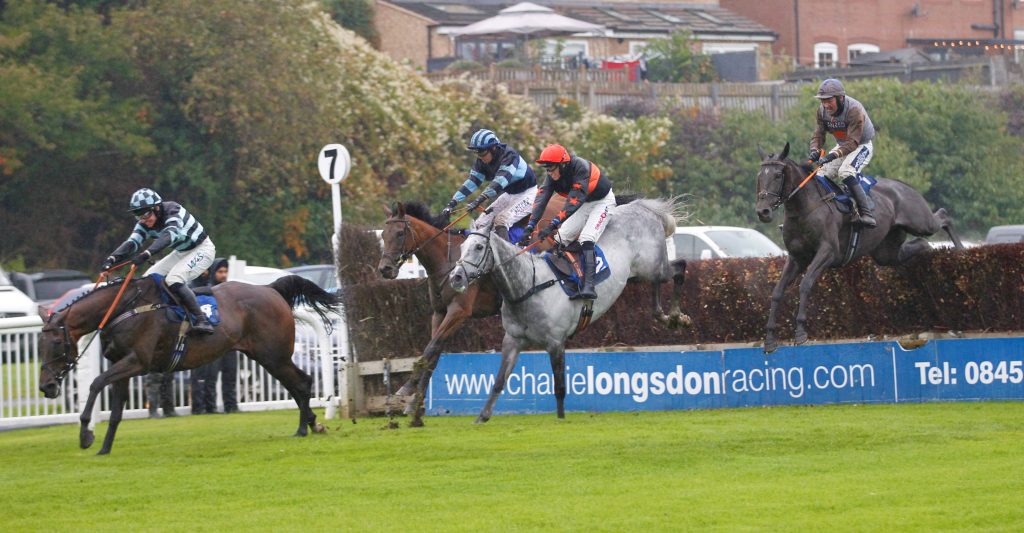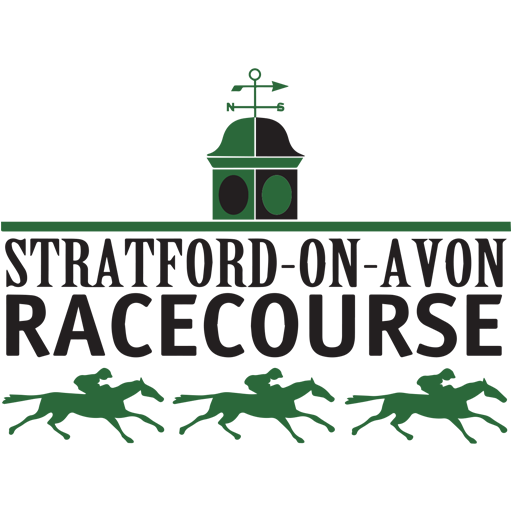Responsible gambling are the two words on everyone’s lips presently as racing’s campaign to ward off affordability checks gathers momentum. The petition urging the Gambling Commission to review its proposed authoritarian checks has now passed 100,000 signatories, ensuring lively debate in Parliament.
It’s fair to say, however, that British bookmakers have been in the vanguard of sense-checking affordability within existing legislation. No TV or media advert finishes without a caveat to game responsibly, the industry’s effort to reduce problem gambling to manageable levels.

Online casinos and betting sites have surged in popularity, providing an avenue for entertainment and potential winnings right from the comfort of one’s home. However, with convenience comes responsibility. Ensuring that you’re playing safely and responsibly is paramount, and the following is an example of what most sites are doing to rein in the excesses of their less inhibited customers.
Understand the odds
Every game in a casino, online or offline, has a house edge. That means that, in the long run, the house always wins. Understanding this fact can help manage expectations. Always play for fun and treat any winnings as a bonus. You can find plenty of information online to help you understand the odds of different games, and how a lot of it is down to mathematics. On a racecourse, the overround tells you the profit for the bookmaker in the book; it’s a handy tool to allow you to see where the value lies.
When it comes to finding new casinos, you can look for the most competitive promotional incentive online on offer, and use that as a way to experience fresh titles and gameplay without needing to make too large of a deposit. This is what these promotional bonuses are designed to do – to give you a feel for the casino without a heavy commitment, so don’t forget to take advantage of them. Remember, however, that if an incentive feels way too good to be true, it probably is. Popular casinos are highly competitive so the offerings are consistently great for new players, but, like any business, they still need to protect their bottom line if they’re operating above board.
Set a budget and stick to it
Before logging into your online casino account, decide on a specific amount that you’re willing to spend – and potentially lose. Once you’ve hit that limit, it’s time to log out. Chasing losses can lead to bigger losses, so it’s essential to have discipline. The kinder on-course bookmakers will also look after their clientele; some refuse to take bets from consistent losers who look down on their luck.
Any reputable casino will also provide plenty of resources on responsible gambling, and on knowing when to step away from the table, machine, or board. Make sure you’re always working within your means, and not relying on potential winnings to top you up again.
When big matches or games are coming up, decide how much you’d be willing to lose. While nobody wants to think about losing when they’re preparing a bet, it helps to frame it that way to ensure you never bet beyond your means.
Use time management
Set time limits for your gambling sessions. Just like setting a budget, decide in advance how long you plan to play. Using alarms or reminders can help keep you in check. There are plenty of ways to implement better time management in your personal life, so try to work out what’s best for you.
Know when to take a break
If you find yourself on a losing streak or becoming frustrated, it might be time to take a break. Online casinos will still be there tomorrow. It’s essential to remember that gambling should be a fun activity, not a source of stress.
Stepping away from the computer for a while is always a good idea, whether you’re using it for leisure or for work.
Buff up on the games
While many casino games are based on luck, some have strategies that can increase your chances of winning or at least reduce the house edge. Before playing a game, take some time to understand its rules and any strategies that might apply. Some games rely heavily on strategy – for instance, poker or blackjack – while others are based more on chance, such as slots. Neither one is necessarily better than the other, but it helps to understand how much is chance and how much is skill.
Use the self-exclusion tools
Most reputable online casinos offer self-exclusion tools, allowing you to have a break from gambling for a specific period. If you feel you’re losing control, use these tools to prevent access to the platform.
While you may not think they’re necessary for you, implementing one of these tools is a great way to make sure you’re never tempted to go further than you know you should. Think of it like a lifeboat – it may never be deployed, but it should always be there anyway.
Don’t chase jackpots
Progressive jackpots can be incredibly tempting. The allure of a life-changing sum of money with just one spin is hard to resist. However, the odds of winning them are typically very low. It’s okay to try your luck occasionally, but don’t make them your primary focus.
Continually chasing these jackpots can lead to excessive spending and disappointment. Instead, enjoy the smaller games and victories along the way. Remember, the essence of online casinos is entertainment. By keeping your expectations realistic and not getting overly fixated on jackpots, you can maintain a healthier and more enjoyable gaming experience.
Online casinos provide an exciting fusion of accessibility, fun, and the allure of winning. Yet, like any recreational activity, they demand a mindful and conscious approach. By adhering to the tips shared earlier, you can dive into the casino world securely and responsibly. It’s paramount to understand that gambling is primarily about enjoyment, not a solution to financial challenges or a surefire way to wealth. Relish the games, gamble wisely, and recognize the right moment to step back.
